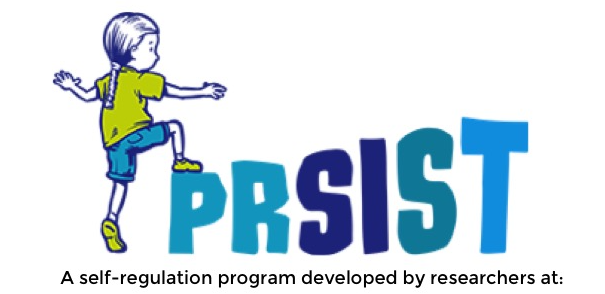
Filling Buckets
What to do: After reading the story, Have you filled a bucket today?, have children add coloured pieces of paper to their own ‘bucket’. Tell children that each colour of paper represents a different emotion (feelings), and you can involve children in choosing which colour means which emotion. Once buckets are filled, this provides an opportunity to talk about reasons for those emotions and how children could cope with and/or change those feelings if necessary. You can also discuss the ways that children can fill others’ buckets – and have each child make plans to do at least one of those that same day, and some over the remainder of the week. To start simpler, start with two buckets (e.g., happy, sad) and provide a literal bucket that children can add to in order to express how they feel.
Check in with children through the day and week to have them recall what their goals were, how they are tracking against their goals, what might have led them to deviate from these plans (either doing more, less or different than expected), and discuss any new ways they may have thought of to fill someone’s bucket. You can use cues in other books you read to discuss more ways to fill people’s buckets, through asking probing questions about emotions (‘How are they feeling now?’), possible reasons (‘What could they do next?’), and/or how others might be able to help (‘How might you help if you had the chance?’). Link to children’s own experiences so they can clearly see the applications and links to their own lives.
Too easy? How to increase challenge: Have children consider more complex or mixed emotions, their causes and their remedies. At the end of the day, have children say how they filled someone’s bucket and how someone filled their bucket today.
Ideal formation(s): Small group or individual discussions.
What you need: Preferable if the discussion follows a reading of the book, Have you filled someone’s bucket?
What it does: This activity challenges children’s ability to shift their focus from their own emotions, to also understand and respond appropriately to others’ emotions.
Links to EYLF:
- Communicate their needs for comfort and assistance; Openly express their feelings and ideas in their interactions with others; Respond to ideas and suggestions of others (from Outcome 1.1)
- Demonstrate an increasing capacity for self-regulation (from Outcome 1.2)
- Express a wide range of emotions, thoughts and views constructively; Empathise with and express concern for others; Display awareness of and respect for others’ perspectives; Reflect on their actions and consider consequence for others (from Outcome 1.4)
- Gradually learn to ‘read’ the behaviours of others and respond appropriately (from Outcome 2.1)
- Begin to show concern for others; Listen to others’ ideas and respect different ways of being and doing (from Outcome 2.2)
- Show an increasing capacity to understand, self-regulate and manage their emotions in ways that reflect the feelings and needs of others (from Outcome 3.1)
- Persist even when they find a task difficult (from Outcome 4.1)
- Express ideas and feelings and understand and respect the perspectives of others (from Outcome 5.1)
- Explore texts from a range of different perspectives and begin to analyse the meanings (from Outcome 5.2)




